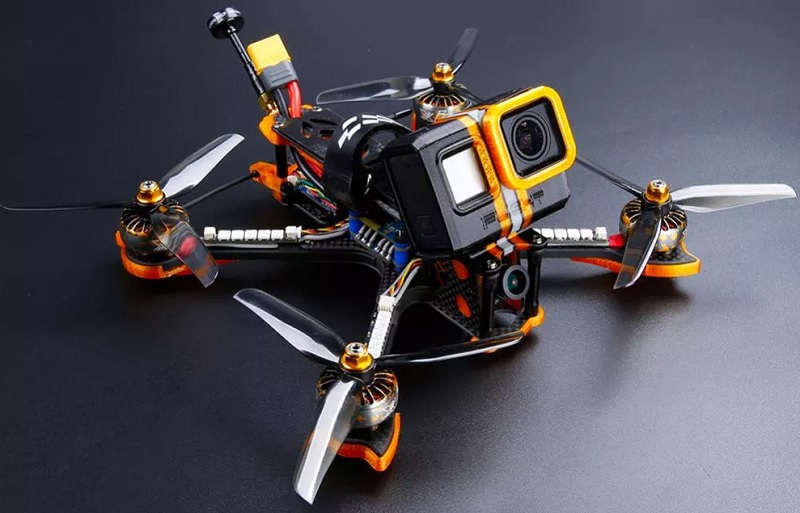 2025-05-08
2025-05-08
FPV (English: First Person View) means "my" point of view. The flight of unmanned flying objects equipped with cameras can be called a form of FPV-passive FPV. Unmanned aerial vehicle (UAV) is controlled from the perspective of remote control model, just as it is controlled from the perspective of driver/pilot, thus creating a feeling that it is not flying in a "third person" but flying from its own perspective. PFV can be used for all types of RC models, as well as commercial and military UAVs. FPV is most commonly used for ordinary airplane models or multi-engine/unmanned aerial vehicles. Verbally, I also talked about cameras or immersive flight. In this variant, a camera is installed on the drone, which can shoot movies in the data storage. Next, we can look at flying from our own perspective. The technical workload of passive FPV is very small, and almost anyone can call a drone with a camera his own drone. If you have a model without a built-in camera, you only need to connect a camera, and then it will store the video sequence. With the development of monitoring technology, a variety of small cameras have appeared in the market, which have low cost, small model/model space, light weight and low power consumption.
It is especially important that your FPV camera should cope with low light conditions. Short-term vision loss at high speed and distance will quickly lead to drone crash. CCD (photosensitive electronic component) camera is suitable for CMOS (active pixel sensor) camera because of its faster brightness balance in FPV hobby.
